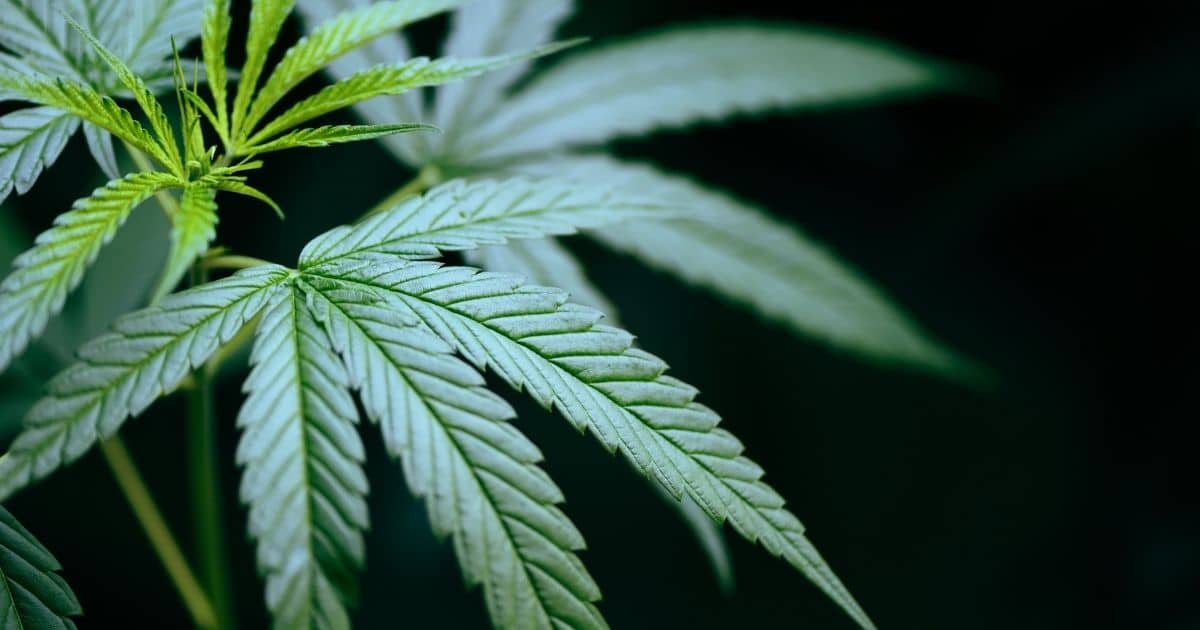Cannabis has been a part of human history for thousands of years, with evidence of its use dating back to 10,000 years ago. A recent report in the European Journal for Chemistry sheds light and delves into this rich history, tracing the plant’s journey through different cultures and civilizations. Not only was cannabis used for medicinal and recreational purposes, but it also played a significant role in various social and religious rituals.
However, despite its long-standing presence in human society, cannabis is still a highly controversial topic. This report reminds us of the important role cannabis has played throughout history and prompts us to consider the potential benefits we are currently undervaluing.
Cannabis Use In Ancient Times
The report in the European Journal for Chemistry shines a light on the extensive history of cannabis use, dating back thousands of years. The paper cites evidence of plant fibers being used as early as 8000 years before the common era (BCE) in ancient Mesopotamia, which consisted of present-day Iran and also was used for its fiber in China and Kazakhstan around 4000 and 3000 years BCE.
Ancient peoples held cannabis in high regard according to the journal saying, “Along with rice, soy, barley, and millet, Cannabis is considered one of the five main grains by ancient people. The seeds found in Cannabis achenes, rich in proteins (such as albumin and edestin) and essential unsaturated fatty acids (such as linoleic and linolenic acids) served as food, input for other culinary purposes, and even soap production.”

As cannabis was further developed into hemp, its uses expanded to a wide range of industries and purposes. The strong and durable hemp fibers were used in the creation of ropes for tools, mooring animals, sails, and rigging for boat building. It also played a crucial role in providing fabrics for clothing and protection against the elements. Hemp was even used in paper production and had various other practical uses, making it an essential resource in the development of civilizations throughout history.
While the use of cannabis as a material and source of food dates back thousands of years, its medicinal and recreational properties were also recognized around 1000 years BCE in ancient India. The Vedas, a collection of sacred texts, describe cannabis as one of the five sacred plants and highlight its potential to bring joy and freedom to those who used it. “it was believed to have arisen from a drop of amrita (sacred nectar) that fell from heaven onto the earth and was able to bring joy and freedom to those who used it.”
The paper also mentions the three most common preparations used by ancient people Bhang, Ganja, and Charas. “The resin produced by trichomes and female flowers was known to have entheogenic properties; therefore, some parts of the plant were traditionally used in specific preparations. Three preparations were common: bhang, the least potent of the three, consisting of dried Cannabis leaves, something similar to modern day marijuana; ganja, made from unfertilized flowers to which the resin adheres; and charas, the equivalent of hashish, the most potent of all, made basically of pure resin.”
It also played a major part in India used in event and major celebrations. “its use ranged from more casual occasions such as weddings and family gatherings, festivals celebrating the coming of the seasons such as the Holi festival, to ceremonies of important religious nature such as Durga Puja. It is understood that marijuana is as significant and respected for these people as communion wine or sacred host is for Christians.”
The use of cannabis in ancient times was not limited to India or the Far East, but it also played a role in the Christian tradition. The Aramaic version of the Old Testament mentions cannabis as being used for aromatic and narcotic purposes during funerals.
“It was common in the Mesopotamian/Persian region to use cannabis-based incense in certain social
rituals, such as funerals, for example, which is even mentioned in the Aramaic version of the Old Testament of the Bible for aromatic and narcotic purposes.”

The report in the European Journal for Chemistry highlights the vast and diverse history of cannabis use throughout ancient times. From its role as a material, food source, and medicine to its presence in religious ceremonies and social gatherings, it is clear that cannabis had a significant impact on various cultures and civilizations. The report states “until the beginning of the nineteenth century, it was estimated that around 80% of fabrics, candles, ropes, among other items, were produced from hemp.”
But despite this long-standing relationship with cannabis, there is still much to be discovered and understood about this plant. With advancements in technology and research, we are only now beginning to unlock the full potential of cannabis and its many uses.
As society continues to navigate the complex conversation surrounding cannabis, it is essential to consider its rich history and how it has been ingrained into our culture for thousands of years. The report serves as a reminder that we are not just discovering cannabis, but rather rediscovering a plant that has been intertwined with human civilization for centuries.
Enjoyed that first hit? Come chill with us every week at the Friday Sesh for a freshly packed bowl of the week’s best cannabis news!
- Facebook and Instagram Loosen Cannabis Restrictions, But Is It Enough From Meta?
- Combating Violent and Dangerous Crime Act Targets “Candy-Flavored” Cannabis Products
- Retail Spotlight – Mayflower in Lowell, MA
- Benzinga Chicago 2025 Recap
- Iowa’s Surprising Veto of Psilocybin Bill HF 383
- North Carolina House Bill 328 and the Growing Trend of Hemp Regulation in the U.S.














One Response
No mention of the Chinese pharmacopeia (sp?) text from about 3000 BC. Or the British army study in India around 1857. Or the US Army study in the Panama Canal Zone in 1913.